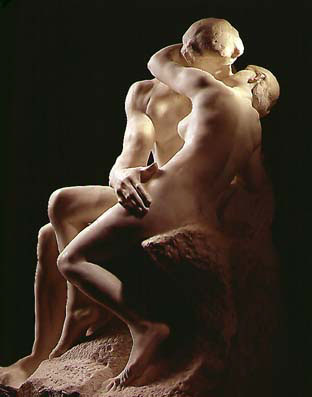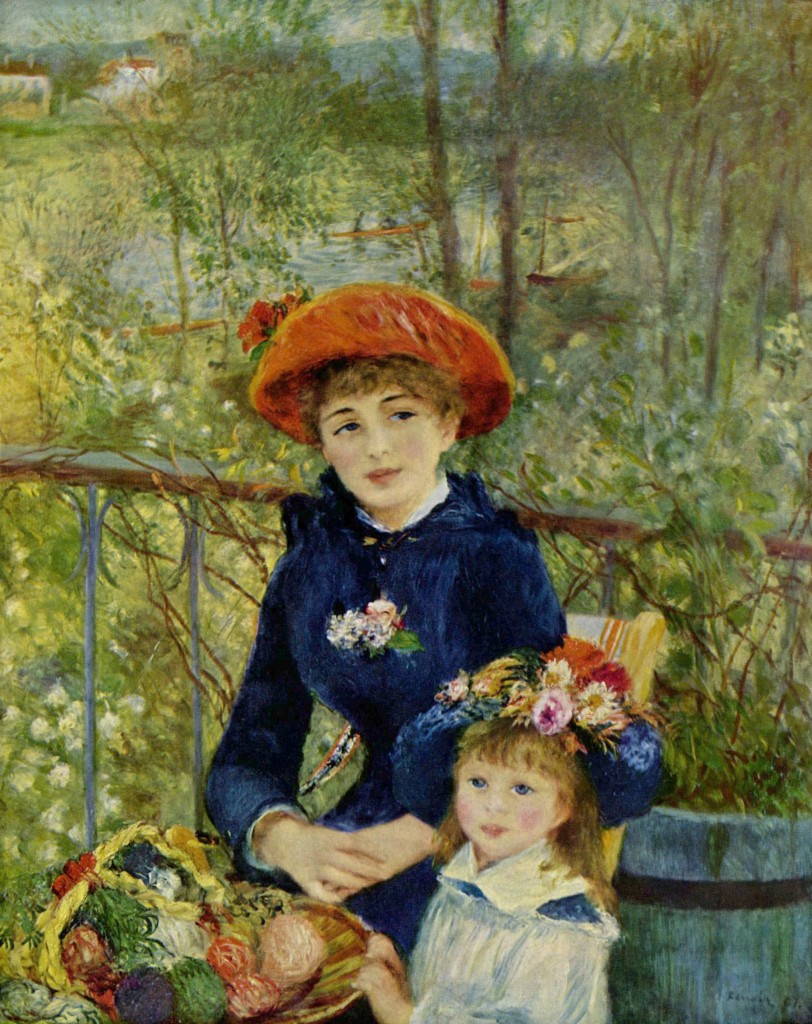After over three consecutive weeks of rain, sleet, and dismally chilly temperatures, the National Weather Service for the great Lakes Region informed the suffering hordes that this spring was the coldest in 15 years, averaging 8 degrees below the seasonal norm. Where in the world is that rising CO2 level that assures global warming when you need it most? I know, I know – weather is not climate – as readers have had to reflect upon my sermons on the subject, time and again. But I was getting queasy from the relentless misery, when today, as if noting the depths of my funk, broke out an exceptional day with a temperature topping 60 degrees Fahrenheit and the sky a perfect day long azure blue.  If such climatic bounty does not stir thoughts of spring, I don’t know what does. The other signs of the stirring earth after a harsh winter are nervously showing themselves; green willowy buds on the trees, an occasional brave flower, and morning music from the birds in the trees. Spring may well be here and thoughts of such reawakening lead to a reminder of how such natural wonder invigorates the soul and stimulates the creative impulse in our artful civilization. A few reverential monuments to spring come to mind…
If such climatic bounty does not stir thoughts of spring, I don’t know what does. The other signs of the stirring earth after a harsh winter are nervously showing themselves; green willowy buds on the trees, an occasional brave flower, and morning music from the birds in the trees. Spring may well be here and thoughts of such reawakening lead to a reminder of how such natural wonder invigorates the soul and stimulates the creative impulse in our artful civilization. A few reverential monuments to spring come to mind…
Auguste Rodin, a French sculptor of the late 19th century was pointing in a direction far from Spring when he devised and created the The Kiss. Planning an expansive sculptural project reflecting Dante’s Inferno and specifically the Gates of Hell, a statue arose that signified forbidden love. Dante’s epic prose described the discovered souls of Paolo and Francesca, lost for all time to heaven due to their partaking of a kiss driven by the most fundamental impulse of spring, youthful love. The Lord of Rimini, Gianciotto Malatesta, had trusted his wife to his much younger brother Paolo to deliver his protection in his absence. The forces of love overwhelmed them, and in a moment of reckless love, they exchanged a kiss. Gianciotto caught them, and stabbed them both to death. Participating in forbidden love led to eternal damnation, and their “shadows” reflect to Dante that “Love has led us to a unique death.” Rodin worried the statue’s meaning might be entirely lost through the sculpture’s raw visible passion that might offend his audience. The message was lost, but for entirely a different reason. The public response to the sculpture was uniformly positive, and felt the lovers radiated true happiness – a little out of sorts with the central position the sculpture was to hold in the Gates of Hell. Rodin determined to allow it to stand on its own, and it continues to project Love to all that view it now standing on its own in the Rodin Museum in Paris.
Spring lives in the vibrant colors of Pierre Auguste Renoir, a French impressionist painter, whose masterpiece, On The Terrace , is a prized exhibit of the Art Institute of Chicago. Renoir was a leader of the French Impressionist movement that dominated art in the last half of the 19th century. His art characterized the height of Impressionist vision capturing transient mid day light and its streaming effect on people landscape and colors. The Renoir achieved the vibrancy of the paintings through multi-laying of oils in both kaleidoscopic color and physical relief, creating a shimmering light effect that exploded on flowers, faces, and landscapes. Formally named, (Two Sisters) On The Terrace, the painting captures youthful beauty and the promise of spring. The relief of the flowers and vines are accented by the porcelain skin and azure blue eyes of the girls, in a striking juxtaposed tome to Spring’s gift of color and beauty to the world recovered from the grey winter.
Ludwig Von Beethoven was an irascible man, but a romantic one. His escapes to the countryside elevated his view of the world and focused his discerning artist’s passion to the colors and smells evidenced in Spring. Progressively unable to hear the unique sounds of the awakening earth, he transformed the visual into a feast of cosmic sound that is the Sixth Symphony. The Symphony in F Major , referred to as “The Pastoral” , completed in 1808, was clearly a programmatic musical form. Beethoven himself wrote that “It is left to the listener to find out the situations … Anyone that has formed any idea of rural life does not need titles to imagine the composer’s intentions.” This was not the Beethoven of the Romantic Ideal or the Heroic Everyman. This was Beethoven reminding us that Spring is musical, and all that hear it, feel its beauty.
Spring is Here, Ol’ Man Winter – let go and let us revel in its majesty.

